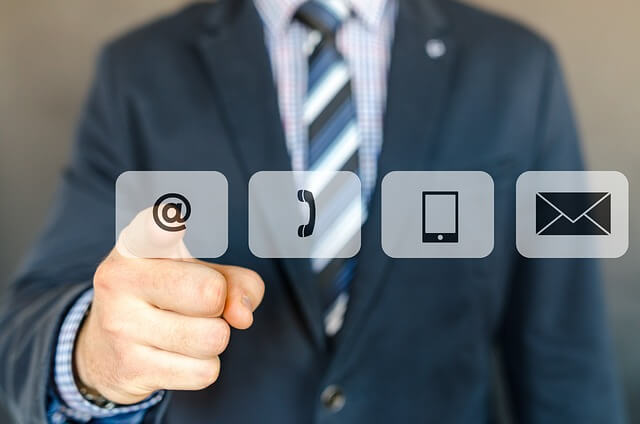Understanding the Importance of Clear Communication in Emails
Clear communication is essential in email communication. When sending an email, it is important to ensure that the message is easily understood and does not leave room for ambiguity. This can be achieved by using simple and concise language, avoiding jargon or technical terms that may not be familiar to the recipient. It is also important to organize the content in a logical manner, using paragraphs and bullet points where necessary to make it easier for the recipient to follow along.
Additionally, it is important to consider the tone and style of the email. The tone should be professional yet friendly, and the style should reflect the purpose and intended audience of the email. Being mindful of grammar, punctuation, and spelling is also crucial in order to maintain a sense of professionalism in the communication. Overall, clear communication in emails not only ensures that the intended message is effectively conveyed, but also helps to build trust and credibility with the recipient.
Crafting Concise and Relevant Subject Lines
Subject lines are often the first element of an email that recipients see, making them a critical component of clear and effective communication. Crafting concise and relevant subject lines can greatly increase the chances of your email being opened and read. A well-written subject line should capture the essence of the email’s content in just a few words, while also being engaging enough to pique the recipient’s interest.
By keeping your subject lines short and to the point, you not only make it easier for the recipient to understand the purpose of your email, but also increase the likelihood of it being read in a busy inbox.
In addition to being concise, subject lines should also be relevant to the email’s content. Including specific keywords or phrases that accurately describe the purpose or topic of the email can help the recipient determine its relevance and importance. Avoid using generic or vague subject lines that could easily be mistaken for spam or overlooked amidst the flood of emails in someone’s inbox.
Instead, aim to provide a clear indication of what the email is about, whether it’s a request, a meeting invitation, or any other type of communication. By crafting subject lines that are both concise and relevant, you can ensure that your emails stand out and effectively convey their intended message.
Structuring Emails for Easy Reading and Navigation
The structuring of emails plays a crucial role in ensuring easy reading and navigation for the recipients. A well-structured email not only grabs the reader’s attention but also allows them to quickly understand and respond to the message conveyed. One effective way to structure an email is by using paragraphs to break down the content into smaller, digestible chunks. This not only makes the email visually appealing but also helps the reader to scan through the information effortlessly.
Another important aspect of structuring emails is the proper use of headings and subheadings. By using headers, you can provide a clear outline of the email’s content, making it easier for the reader to navigate through the email. A concise and descriptive subject line also aids in directing the reader’s attention and helps them locate the email easily when searching in their inbox.

Additionally, using bullet points or numbered lists can further enhance the readability of the email by presenting information in a concise and organized manner. Overall, structuring emails thoughtfully and employing these strategies can greatly improve the efficiency and effectiveness of your communication.
Using Proper Salutations and Greetings
Proper salutations and greetings are essential components of effective email communication. They set the tone for the entire message and create a positive first impression. When addressing someone in an email, it is crucial to use their correct title and name.
Avoid using generic greetings like “Dear Sir/Madam” or “To whom it may concern,” as they come across as impersonal and insincere. Instead, take the time to research and address the recipient by their preferred title and name. This small gesture shows respect and consideration, fostering a sense of connection and trust from the very beginning.
In addition to addressing the recipient appropriately, it is equally important to use a courteous and professional tone throughout the email. Ensure that your language is polite, concise, and devoid of any unnecessary jargon or fancy vocabulary. A simple and straightforward approach fosters clarity and avoids any confusion or miscommunication.
Remember to use proper grammar, punctuation, and spelling, as these elements contribute to the overall professionalism of the message. By adhering to these guidelines, your email will not only display respect and professionalism, but also demonstrate your commitment to clear and effective communication.



